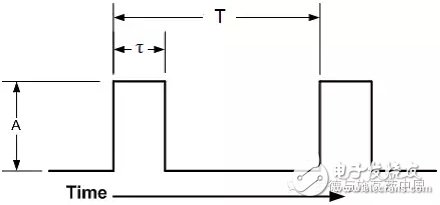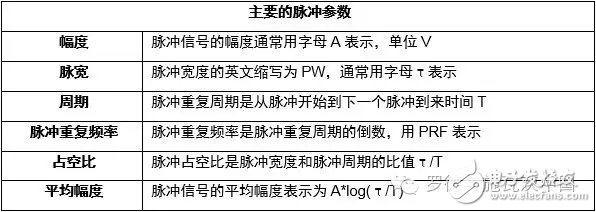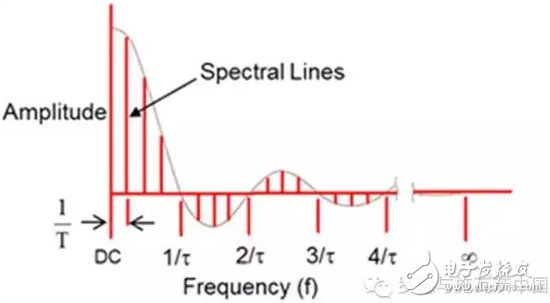Ultra-low phase noise is a common requirement for radar test equipment. In the aerospace and aerospace fields, the radar signal is mostly pulse system, and the pulse width and pulse repetition frequency directly affect the resolution of radar ranging and speed measurement. For example, the early warning radar needs to be long. Pulse width and low pulse repetition frequency signals; pulsed Doppler radar (PD radar) requires narrow pulse width and high pulse repetition frequency signals. How to accurately measure the phase noise of pulse signals under different pulse widths and different pulse repetition frequencies becomes more and more urgent. In the past, the pulse signal phase noise test system was very complicated and expensive, and it was necessary to synchronize the reference pulse source with the measured source. In addition, the ability to measure phase noise at different pulse widths and different pulse repetition frequencies was limited by the number of PRF filters. . Nowadays, this situation has become history. The R&S FSWP with R&S FSWP-K4 option can perform these measurements in one click. It can record signals and automatically calculate all parameters, such as pulse repetition frequency and pulse width, and automatically construct PRF digital filter. Demodulating the signal and displaying phase noise and amplitude noise, the maximum offset frequency range and measurement calibration are performed automatically, and the engineer does not need to worry about setting the correct parameters correctly. In any case, engineers can define pulse gate parameters to avoid transient characteristics of the pulse edges that affect the test results and thus increase sensitivity. It is also possible to use a cross-correlation technique to measure a signal source with better phase noise in order to compensate for the decrease in signal sensitivity due to pulse modulation.
Equation 1 below describes the amount of improvement in the dynamic range that is expected to be achieved:
ΔL = 5·log(n) [1]
ΔL: Increase in phase noise sensitivity by cross-correlation technique (in dB)
n: number of cross correlations
For example, if the number of cross-correlations is 10, the sensitivity of phase noise is increased by 5 dB.
2, theoretical analysisA common method of generating a pulse-modulated signal is to use a signal source to continuously amplitude-modulate the carrier and pulse waveforms. Before performing modulation, the standard terms of several pulses are introduced. Figure 1 shows the waveform of the pulse signal, and Table 1 shows the pulse signal. Several main parameters.

Figure 1, pulse waveform

Table 1. Standard terms for pulse signals
In addition to knowing the time domain characteristics of the pulse signal, the frequency domain characteristics of the pulse signal are also very important. It can be known from the amplitude modulation principle that the amplitude modulation signal is generated by multiplying the carrier and the modulation signal, and the multiplication of the signal in the time domain is equal to The convolution of the signal in the frequency domain. After the signal is pulse modulated, the frequency spectral density of the signal changes. Figure 2 shows the frequency spectrum after pulse modulation. The frequency spectrum characteristic is a discrete spectrum of equal intervals according to the pulse repetition frequency PRF (pulse RepeTITIon Frequency), and the spectrum shape is a sinx/x function. The reciprocal of the pulse width is the position of the zero crossing.

Figure 2. Power spectrum after continuous wave modulation
A new rule from the Drug Enforcement Administration (DEA) threatens to upend the American hemp industry, and could even result in criminal prosecutions for manufacturers of CBD and delta-8 THC products.
The DEA says the [interim final rule," issued Aug. 20, is simply a matter of adjusting its own regulations to account for changes to the Controlled Substances Act that were mandated by the 2018 Farm Bill (or Agricultural Improvement Act) that legalized hemp and CBD production. The new rule [merely conforms DEA`s regulations to the statutory amendments to the CSA that have already taken effect," says the agency. The new rule doesn`t break any ground, according to the DEA.
But many experts on cannabis and hemp law say the DEA rule creates a potential pathway the law enforcement agency could use to prosecute hemp processors and producers of CBD (cannabidiol) and delta-8 THC (or Δ8THC) products. There are two issues: partially processed CBD, and [synthetically derived" delta-8 THC.
Cbd Pod System Oem,Cbd Vape Pod Oem,Best Cbd Pod System,Cbd Pod System
Shenzhen MASON VAP Technology Co., Ltd. , https://www.e-cigarettefactory.com